This guide explores the Green Vase Zelkova, a popular shade tree prized for its beauty and resilience. From planting and care to its future in urban landscapes, we’ll cover everything you need to know about this remarkable tree.
Discovering the Green Vase Zelkova
The Green Vase Zelkova (Zelkova serrata ‘Green Vase’) stands out with its elegant vase-like shape, vibrant green leaves, and stunning fall colors. Reaching a mature height of 50-80 feet, it offers ample shade and visual interest. Its smooth, gray bark exfoliates to reveal flashes of orange, while its toothed leaves transition from emerald green to a breathtaking autumn display of golds, oranges, and reds. Even its wood is admired for its distinctive grain, making it a favorite of woodworkers.
Key Features of the Green Vase Zelkova
- Elegant Appearance: Upright vase-shape, arching branches, smooth gray bark, and vibrant fall foliage (golden yellow, fiery orange, and brilliant red).
- Mature Size: Typically reaches a height of 50-80 feet.
- Adaptability: Thrives in sunny locations with well-drained soil.
Planting Your Zelkova: A Step-by-Step Guide
Planting a Green Vase Zelkova is straightforward. These adaptable trees prefer sunny locations with well-drained soil. Proper drainage prevents root rot and promotes healthy growth.
- Choosing the Spot: Select a sunny area with ample space to accommodate the tree’s mature size.
- Soil Preparation: Dig a hole twice as wide and as deep as the root ball. Amending the soil with compost can improve drainage and fertility, although it’s often not necessary.
- Planting: Gently remove the tree from its container, ensuring the top of the root ball is level with the surrounding ground. Backfill the hole with soil, firming it gently around the roots.
- Watering: Water deeply and regularly, especially during the first few years, to establish a strong root system.
Caring for Your Zelkova: Minimal Effort, Maximum Reward
Green Vase Zelkovas are low-maintenance. Once established, they are relatively drought-tolerant.
- Watering: While established trees can tolerate dry periods, they benefit from deep watering during prolonged droughts.
- Pruning: Minimal pruning is needed, primarily to remove dead, damaged, or crossing branches. Late winter or early spring is the ideal time to prune.
- Fertilizing: Fertilizing is usually unnecessary. A balanced, slow-release fertilizer can be applied in spring if needed.
Weighing the Pros and Cons
Like any plant, the Green Vase Zelkova has advantages and disadvantages.
Pros
- Fast Growth: Reaches mature size relatively quickly.
- Disease Resistance: Highly resistant to Dutch Elm Disease.
- Pollution Tolerance: Thrives in urban environments.
- Low Maintenance: Requires minimal care.
- Stunning Fall Color: Provides vibrant autumn interest.
Cons
- Size: May be too large for small yards.
- Surface Roots: Can potentially disrupt sidewalks or pathways.
Zelkova in the Landscape: Versatile Applications
The Green Vase Zelkova’s elegant form and adaptability make it suitable for various landscaping purposes:
- Shade Tree: Creates a cool and comfortable space.
- Street Tree: Tolerates urban conditions and pollution.
- Specimen Tree: Serves as a striking focal point.
Comparing Zelkova Cultivars
The Green Vase Zelkova is one of several Zelkova cultivars. Here’s a comparison:
| Cultivar | Growth Habit | Cold Tolerance | Size (Mature) |
|---|---|---|---|
| Green Vase | Upright, Vase-Shaped | Moderate | 50-80 ft tall, 40-50 ft wide |
| Village Green | Broadly Vase-Shaped | Good | Shorter, Wider |
| Musashino | Columnar, Narrow | Moderate | Narrower |
The Future of Zelkova: Adapting to Change
Research suggests that the Green Vase Zelkova’s resilience to drought, temperature extremes, and pest pressure makes it a promising candidate for urban forestry in a changing climate. Ongoing research continues to explore its role in sustainable urban green spaces. While much is still being learned, early findings are promising. Ever wanted to learn more about other adaptable trees? Dive into the world of the ficus strangler fig or explore the popular indoor dracaena spike.
How Big Do Green Vase Zelkovas Get?
The Green Vase Zelkova is a truly impressive tree, reaching heights of 50-80 feet with a canopy spread of 40-50 feet. Its upright, arching branches create a majestic, umbrella-like canopy. With a growth rate of approximately two feet per year, a young sapling can achieve significant size in just a few years. However, the exact size of any individual tree depends on factors like genetics, environmental conditions, and care. Rich, well-drained soil and ample sunlight promote optimal growth. Ongoing research is exploring the genetic variations within the species. Pruning can also influence the tree’s shape and size, with some experts believing it can even encourage healthier growth.
How Fast Do Green Vase Zelkova Trees Grow?
Green Vase Zelkovas are known for their rapid growth, typically adding 12-18 inches in height annually, sometimes even more under ideal conditions. In 20-30 years, they can achieve their mature height of 60-80 feet, with a spread of 40-50 feet. Their vase-shaped crown creates ample shade. As the tree matures, its smooth, gray bark exfoliates to reveal orange patches. These trees are adaptable, tolerating various soil conditions and sunlight exposures. They are also relatively drought-tolerant and resistant to pests and diseases. This resilience makes them a low-maintenance and environmentally friendly option. Their pollution tolerance further adds to their suitability for urban areas. Green Vase Zelkovas are commonly used as shade trees, street trees, and specimen trees.
| Characteristic | Description |
|---|---|
| Growth Rate | Fast, 12-18 inches per year |
| Mature Height | 60-80 feet |
| Mature Spread | 40-50 feet |
| Shape | Vase-shaped |
| Sunlight | Full sun to partial shade |
| Soil | Adaptable to various soil types |
| Drought Tolerance | Moderate to high |
| Uses | Shade tree, street tree, specimen tree |
While the information provided offers a general overview, variations can occur due to climate, soil, and genetics. Local arborists can offer more specific guidance.
Is Zelkova a Good Tree?
The Zelkova, especially the Green Vase cultivar, is a popular choice for gardens and urban areas due to its elegant vase-shape, vibrant fall foliage, and resistance to Dutch Elm Disease. Its mature size provides ample shade, while its fast growth rate quickly establishes its presence in the landscape. Its tolerance to urban conditions, including heat, drought, and pollution, adds to its appeal. Zelkovas are relatively low-maintenance, requiring minimal watering and pruning.
| Pros | Cons |
|---|---|
| Disease resistant (especially Dutch Elm Disease) | Requires ample space to grow to maturity |
| Tolerant of urban conditions (heat, drought, pollution) | Can develop surface roots |
| Fast growing | Fall color can vary by location/climate |
| Beautiful vase shape and vibrant fall foliage | |
| Low maintenance |
While its rapid growth is beneficial, it’s important to plan for its eventual size. Surface roots can also be a consideration. Ongoing research continues to enhance our understanding of Zelkova’s interaction with its environment and long-term health. Consulting local arborists is recommended for specific regional advice. Ultimately, the Green Vase Zelkova offers a compelling combination of beauty, resilience, and ease of care.
- Mastering Leader in Spanish: The Complete Guide - April 19, 2025
- Uncovering Surprising Parallels: England Size Compared to US States - April 19, 2025
- Old Mexico Map: Border Shifts 1821-1857 - April 19, 2025
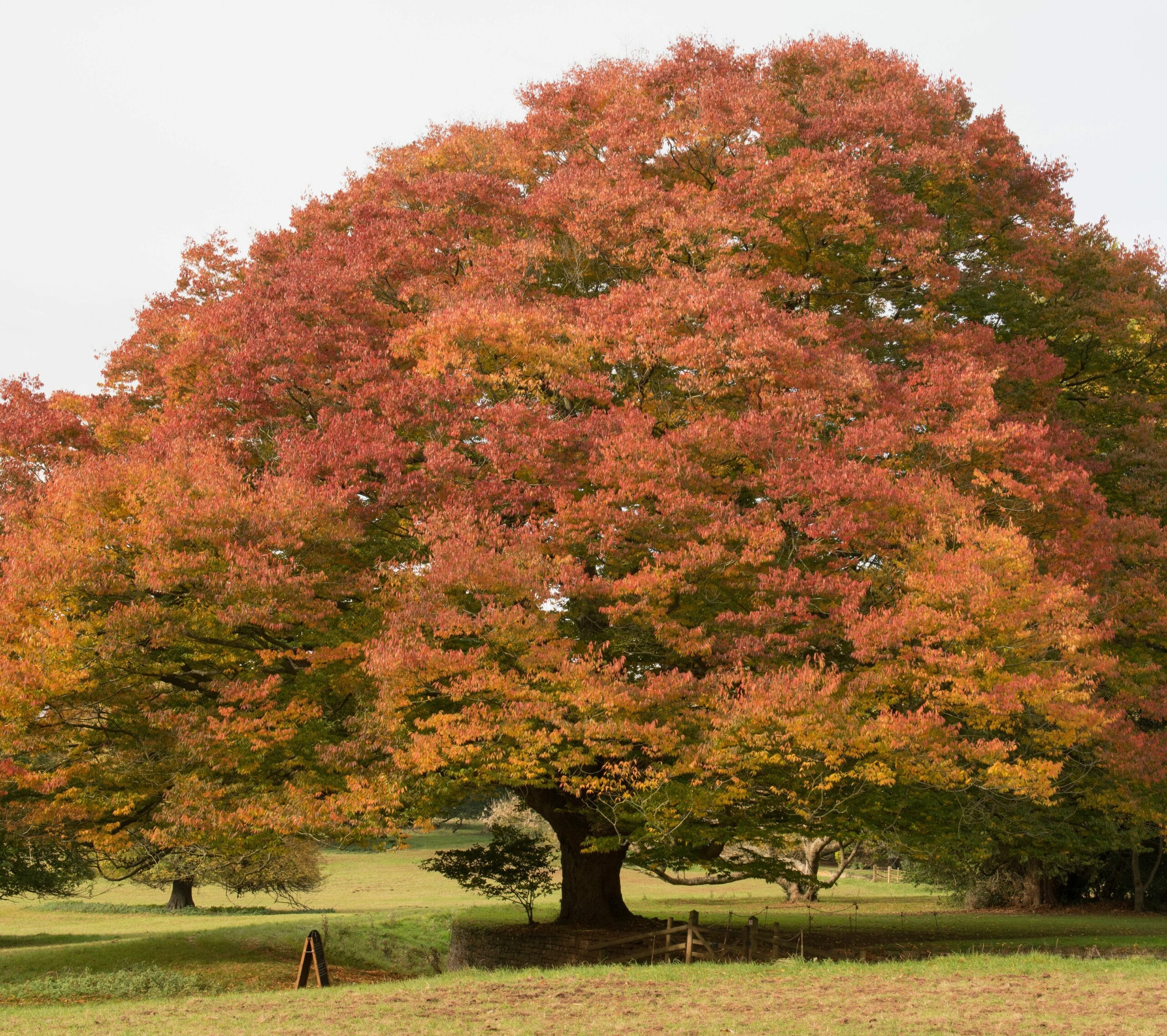
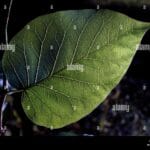
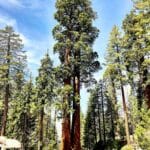

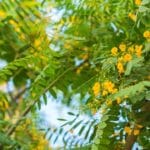

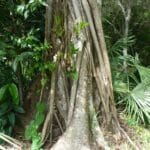










2 thoughts on “Green Vase Zelkova: A Comprehensive Guide to Growing and Care”
Comments are closed.